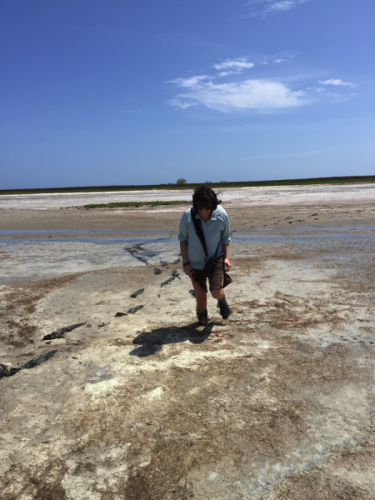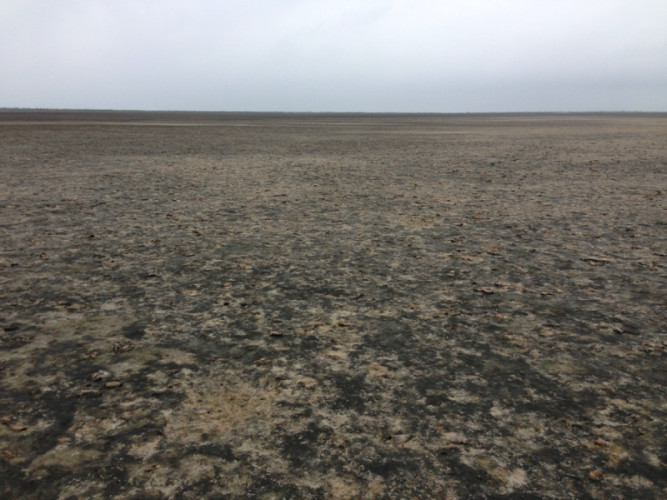Have you ever tried to find a needle in a haystack? Well that is exactly what I am trying to do this week. Sort of.
Last October, Peter Marra, Autumn-Lynn Harrison and myself along with David Newstead of Coastal Bend Bays & Estuaries Program ventured to the Texas Gulf coast to deploy transmitters on Red Knots, Black-bellied Plovers, Marbled Godwits, and Long-billed Curlews. Learn more about the trip by reading our past expedition blogs.
The birds with transmitters spent their winter here on the sunny Gulf Coast. During the end of March and beginning of April, they will begin their migration to the breeding grounds. Some of the Long-billed Curlews we tagged, are off already! See the live map of their movements here.
But for the next few weeks most of the shorebirds are still here. My mission is to find as many of them as possible; 6 Red Knots, 14 Black-bellied Plovers, 9 Marbled Godwits, and a partridge in a pear tree. Kidding about the partridge!
Many of the tags we used store geographic positions on board the tag. Then, at the end of the tracking period, the positions are sent in a single burst to us via satellite. But we have a long time to wait until we get the data, so for now, we have to rely on our eyes to do the work. We want to make sure the birds are doing ok carrying the devices, and that the tags are in good shape.
“Resighting” birds involves identifying certain individuals by their individualized color bands. This trip began with me driving along beaches with my binoculars trying to spot birds with color bands. But due to unfavorable wind conditions, my luck has changed. I am now forced to the backside of the island, trudging through and sinking in mud flats.

Trudging through and sinking into mud flats in search of our birds. Laguna Madre, Padre Island National Seashore
I have seen hundreds and hundreds, probably thousands, of wading birds, waterfowl, and shorebirds. I have seen Marbled Godwits, Long-billed Curlews, Black-bellied Plovers, and Red Knots. I have seen many banded Piping Plovers. But I have not seen one of our banded birds. Stay tuned and wish me luck, the search continues….






